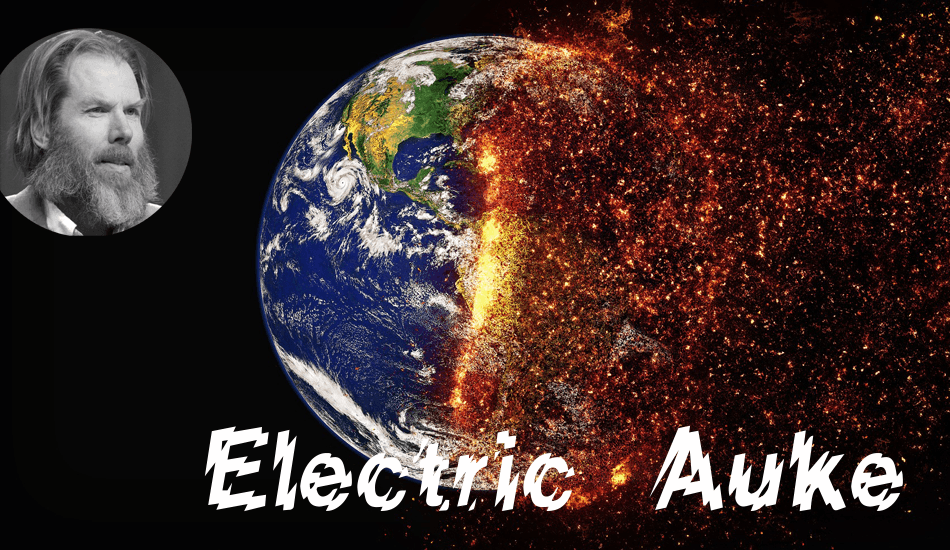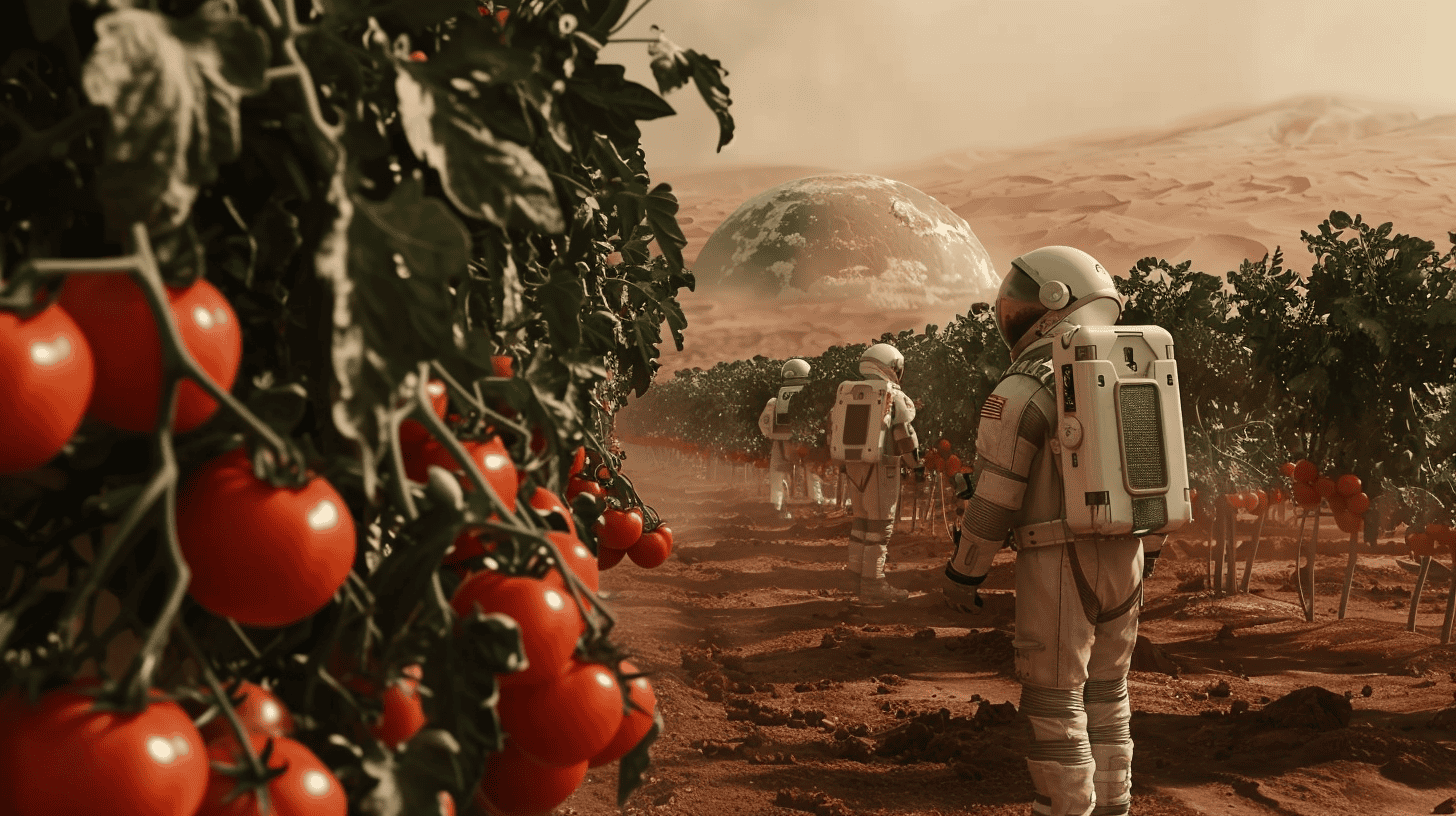
Each week we take a look with EV specialist and Innovation Origins columnist Auke Hoekstra at what caught his eye on topical issues or what he runs into when it concerns the preservation of our planet.
This week, Auke is looking at a study by three scientists who evaluated seventeen climate models that were published between 1970 and 2017. Were the projections accurate and is the earth indeed warming up? “They looked at whether the models made sense using present-day knowledge. And how did it turn out? Fourteen of these studies seem to have predicted the future very well. One was even overly positive and had underestimated the impact of global warming. Though a couple of them went over the top with their projections. This is a clear sign that climatologists are not exaggerating at all!”
“Of course, this is not new to climate scientists, but what I like about this study is that for skeptics it becomes a lot more harder to say: ‘Ha ha – it’s all wrong!’”
So next time someone says: “These climate models are just models and cannot be checked in the real world”, you can show them that is not what the facts say.
And now you should read the advanced thread by real expert on this topic @hausfath. It has nice tweetable graphs too.
— AukeHoekstra (@AukeHoekstra) December 4, 2019
Falsification vs fact
But how can you check if the projections made by scientists in a climate model are correct? Before answering, Auke is off on a tangent. On the other end of the line, he suddenly starts typing on his keyboard: “Are you familiar with the Precambrian Rabbit? I’m just looking up which well-known scientist said something about that.” In the meantime, he explains that that science is based on ‘undermining someone’s theory.’ That’s rather eloquently referred to as falsification. “Suppose I’ve come up with a theory to demonstrate that the earth is flat, then it’s your job to prove that I’m wrong. To put it simply, the more you do your best to undermine this theory without any success, the more pleased science is with my theory. Until proven otherwise, we assume that it’s true.”
The elusive rabbit
Auke starts talking about the rabbit in the Precambrian period as if he were telling a joke: “I found it again! It was the biologist John Haldane. He said that this was a way to undermine evolution. And that rabbit? That was never found.” The Precambrian period was a time when there were no multi-cell organisms, which explains the absence of rabbits. “In older strata from that time, which they are now researching using techniques such as carbon dating, you never, ever come across a rabbit. And you know what they say about these animals, right? If they were hopping around at the time, they would have been discovered.”
Scientists did find rabbits in more recent earth crusts: “Can you then still say that the dear Lord created everything? This shows that evolution is a gradual process. Rabbits weren’t here from one day to the next. So far, no one has been able to falsify that theory.”
Reputation at stake
It was in 1988 when James Hanssen, a NASA scientist, was one of the first to warn us about the consequences of climate change. “He also did this based on a model and rang the alarm bell. This put his reputation at risk. He was ridiculed everywhere: models were theoretical nonsense to people who did not understand what was happening,” Auke explains. To some extent he agrees with this criticism, because it is of course easier to predict the past rather than the future. “The critique was that you can tweak past data until it fits your model.”
This criticism still holds true, given the more powerful computers and improved programs. Political motives even play a role. “If you know that in period x, the temperature was y, then in principle you could fiddle with all kinds of variables until it fits the past.” Which according to him makes it easier for critics to dispute these kinds of projections.
Only one earth
“Normally, you would try to prove that you are right via experiments. But we only have one earth and we cannot clone it and fast-forward it by thirty years. But with today’s knowledge, the scientists were able to accurately work out if the projections were correct. The only thing they adjusted in the models was the amount of greenhouse gas in the air, which they changed to the current level. Perhaps the scientists who made that projection at the time thought that we might have done more to reduce greenhouse gas emissions.”
First they use past observations.
For example: greenhouse gasses where X% less in the past and the temperature was Y% less.
Now they can check if your model gives the same outcome.
But the problem is: you knew those observations too so you could have tweaked your model for it.
— AukeHoekstra (@AukeHoekstra) December 4, 2019
Scientific chores
Although Auke is delighted with this study and it is a good argument to squash climate skeptics, it is not very rewarding from a scientific point of view: “You are evaluating other people’s work, so I call this a scientific chore. After all, it’s an ego-driven world where discovering something new is much more lucrative. Many scientists are not interested in attracting publicity; they want to show their colleagues how smart they are. Evaluating someone else’s work? Booooring.”
According to, it takes a week to be able to thoroughly evaluate such an elaborate model: “They’ve been busy with this study for a couple of months. I think it’s great that they took the trouble to figure it out. Even though it doesn’t offer any real prestige in this world. Others don’t feel like doing it, but it’s a very important task. As a matter of fact, I do the same with my debunks.”
Last but not least, Auke thinks we should really check out the Twitter feed from the climate scientist who carried out this study, Zeke Hausfather: “Of course, he’s the real expert in this field.”








